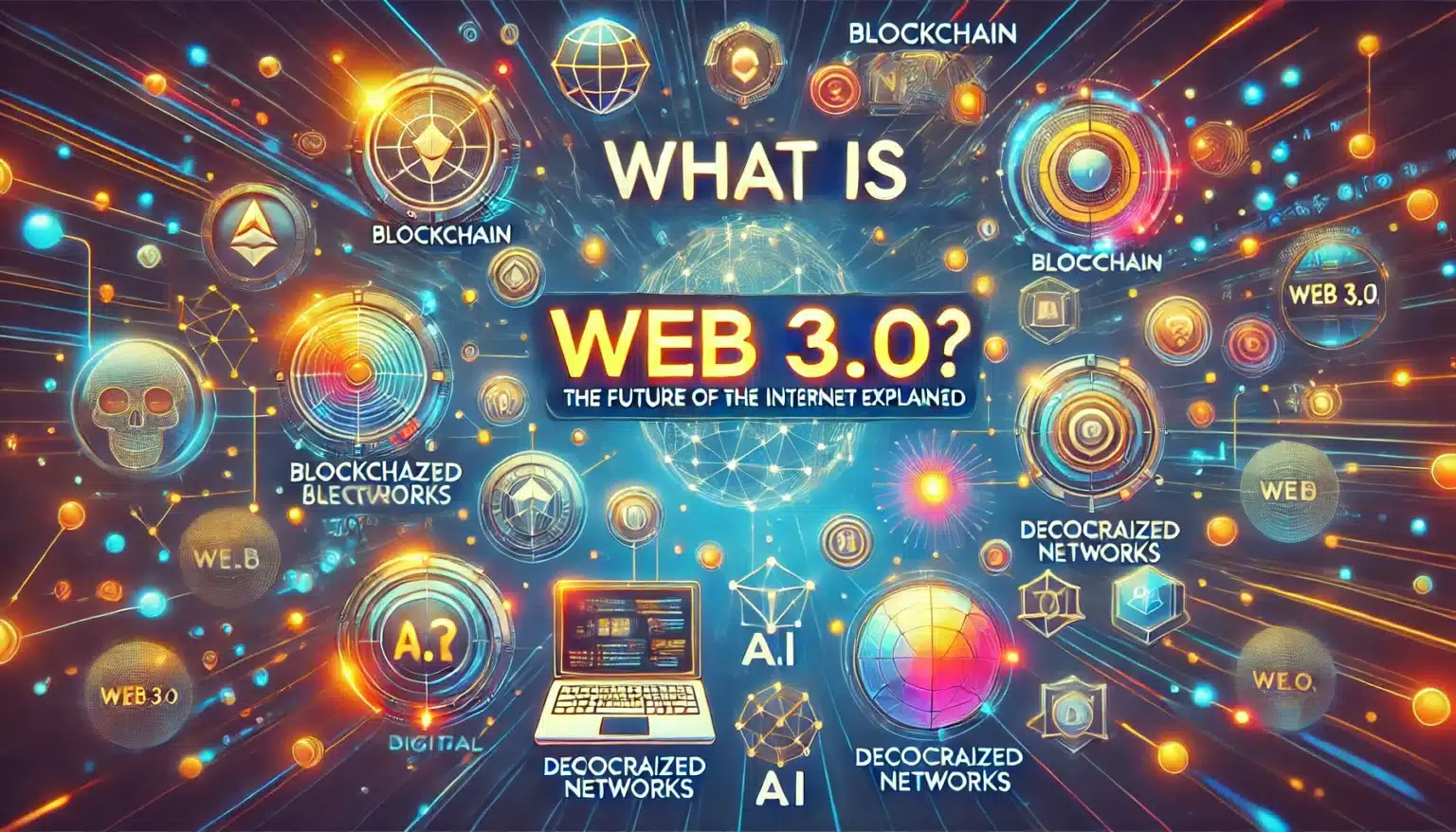Web 3.0 is the next generation of the internet. It promises a more intelligent, interconnected, and decentralised web experience. This evolution builds on the foundations of Web 1.0 and Web 2.0. Moreover, it integrates advanced technologies such as artificial intelligence (AI), machine learning (ML), blockchain, and the semantic web. Here’s a comprehensive look at what is Web 3.0.
Evolution from Web 1.0 and Web 2.0
- Web 1.0: The first iteration of the internet featured static websites providing read-only content with limited user interaction.
- Web 2.0: This phase introduced dynamic and interactive web experiences. These were characterised by user-generated content, social media, and enhanced user interfaces (e.g., Facebook, YouTube, and Wikipedia).
Key Features of Web 3.0
- Decentralisation:
- Unlike Web 2.0, where data is stored on centralised servers, Web 3.0 aims to distribute data across a network of nodes. This enhances security and reduces the risk of data breaches. Blockchain technology plays a crucial role in this aspect. It provides a transparent and tamper-proof ledger for transactions and data storage.
- Semantic Web:
- The semantic web enables machines to understand and interpret data in a human-like manner. By using AI and ML, Web 3.0 can provide more relevant and accurate search results, improving the overall user experience. This involves data being tagged and organised in a way that computers can process, facilitating better data connectivity and insights.
- Artificial Intelligence and Machine Learning:
- AI and ML algorithms help Web 3.0 applications learn from data patterns, predict outcomes, and automate tasks. This makes web interactions smarter and more efficient. For instance, AI-powered chatbots can offer personalised customer service, and recommendation engines can suggest products based on user preferences.
- Interoperability:
- Web 3.0 aims for seamless interaction between different platforms and devices. By using standard protocols and decentralised networks, it allows data and applications to communicate more efficiently. This enhances user accessibility and functionality across various digital environments.
- User Empowerment and Privacy:
- Web 3.0 focuses on giving users more control over their data and digital identities. Decentralised applications (dApps) and blockchain technology enable users to manage their personal information securely, without relying on central authorities. This shift empowers users with greater privacy and data ownership.
Applications and Implications
- Decentralised Finance (DeFi): Web 3.0 facilitates the development of DeFi platforms. This allows users to engage in financial transactions like lending, borrowing, and trading without intermediaries.
- Smart Contracts: Automated contracts that execute transactions based on predefined conditions, reducing the need for intermediaries and enhancing trust.
- Virtual and Augmented Reality (VR/AR): Enhanced immersive experiences integrate seamlessly with the web. They provide richer interactions and applications in various fields, from gaming to education.
- Internet of Things (IoT): Web 3.0 supports the integration of IoT devices. It enables better data sharing and connectivity between smart devices, thus improving efficiency in sectors like healthcare, transportation, and home automation.
Challenges
- Scalability: Ensuring that decentralised networks can handle large volumes of transactions and data efficiently.
- Regulation: Navigating the legal and regulatory landscape for decentralised technologies, which may vary significantly across different jurisdictions.
- Adoption: Web 3.0 encourages widespread adoption of its technologies. It also addresses the technical and user experience challenges associated with transitioning from Web 2.0.
Conclusion
Web 3.0 represents a transformative evolution of the internet. It aims to create a more intelligent, secure, and user-centric digital landscape. By leveraging advanced technologies like blockchain, AI, and the semantic web, Web 3.0 has the potential to revolutionise how we interact with digital information and services. This will foster a more open and interconnected world.
